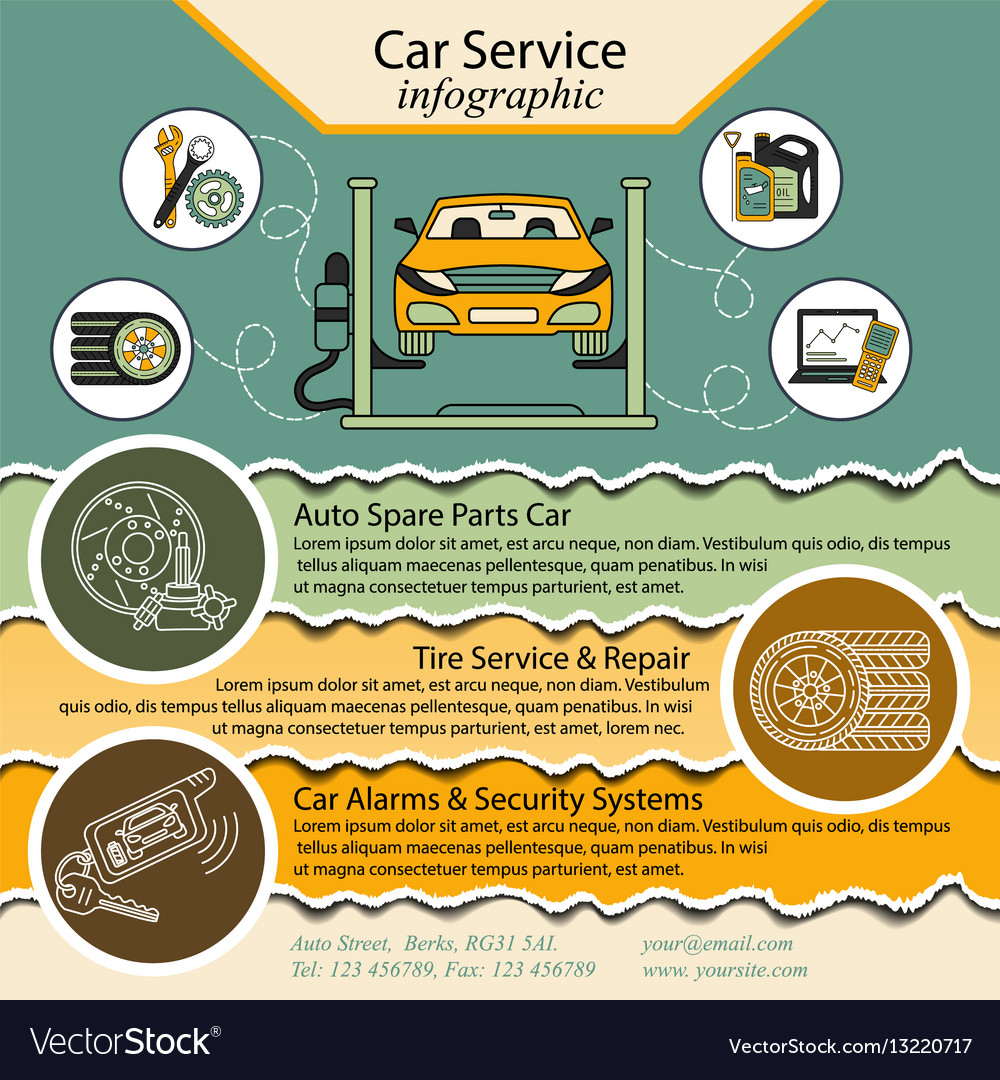Analyzing Your Automobile'S Warning Indicators: What They Truly Convey
Analyzing Your Automobile'S Warning Indicators: What They Truly Convey
Blog Article
Post By-Termansen Stark
When you're behind the wheel, those radiant warning lights on your control panel can be a little bit perplexing. Do you recognize what they're attempting to inform you about your auto's health? Understanding the value of these lights is crucial for your security and the long life of your automobile. So, the next time among those lights pops up, would not you want to analyze its message properly and take the required steps to address it?
Common Warning Lights and Interpretations
Recognize typical warning lights in your car and understand their meanings to make sure safe driving.
The most typical warning lights include the check engine light, which signals issues with the engine or discharges system. If https://www.newsweek.com/path-forward-auto-parts-manufacturers-stores-uncertain-evs-gain-prevalence-1626877 comes on, it's vital to have your vehicle checked quickly.
The oil pressure cautioning light indicates reduced oil pressure, calling for immediate focus to avoid engine damage.
A flashing battery light might recommend a malfunctioning billing system, possibly leaving you stranded if not addressed.
The tire pressure tracking system (TPMS) light notifies you to reduced tire stress, affecting lorry security and gas effectiveness. Disregarding this can bring about dangerous driving problems.
The abdominal muscle light shows a trouble with the anti-lock braking system, compromising your ability to quit rapidly in emergency situations.
Finally, the coolant temperature cautioning light warns of engine overheating, which can lead to severe damage otherwise resolved promptly.
Understanding these common warning lights will help you attend to problems quickly and preserve secure driving conditions.
Value of Prompt Interest
Recognizing the common caution lights in your auto is only the first step; the significance of quickly addressing these cautions can not be highlighted enough to guarantee your safety and security on the road.
When a warning light illuminates on your control panel, it's your cars and truck's way of connecting a prospective concern that needs interest. Disregarding these cautions can bring about a lot more extreme issues later on, compromising your security and possibly costing you more in repairs.
Trigger attention to advising lights can prevent breakdowns and accidents. For example, a flashing check engine light can suggest a misfire that, if left neglected, can create damages to the catalytic converter. Addressing this promptly can save you from an expensive repair service.
In a similar way, a brake system alerting light could indicate low brake liquid or used brake pads, essential components for your safety when driving.
DIY Troubleshooting Tips
If you observe a caution light on your dashboard, there are a few DIY fixing suggestions you can attempt before looking for specialist aid.
The initial step is to consult your cars and truck's manual to comprehend what the certain warning light indicates. Sometimes the issue can be as basic as a loose gas cap setting off the check engine light. Tightening up the gas cap may deal with the problem.
you can try these out is a reduced battery, which can cause different cautioning lights. Checking the battery connections for deterioration and guaranteeing they're protected might fix the trouble.
If a caution light lingers, you can attempt resetting it by disconnecting the auto's battery for a couple of minutes and then reconnecting it. In addition, checking your car's fluid levels, such as oil, coolant, and brake liquid, can help troubleshoot advising lights connected to these systems.
Final thought
In conclusion, comprehending your cars and truck's caution lights is important for keeping your car running efficiently and safely. By promptly attending to these informs and recognizing what they suggest, you can prevent costly fixings and possible malfunctions.
Keep in mind to consult your automobile's handbook for particular information on each warning light and do something about it appropriately to make certain a hassle-free driving experience.
Stay notified, stay secure on the road!
